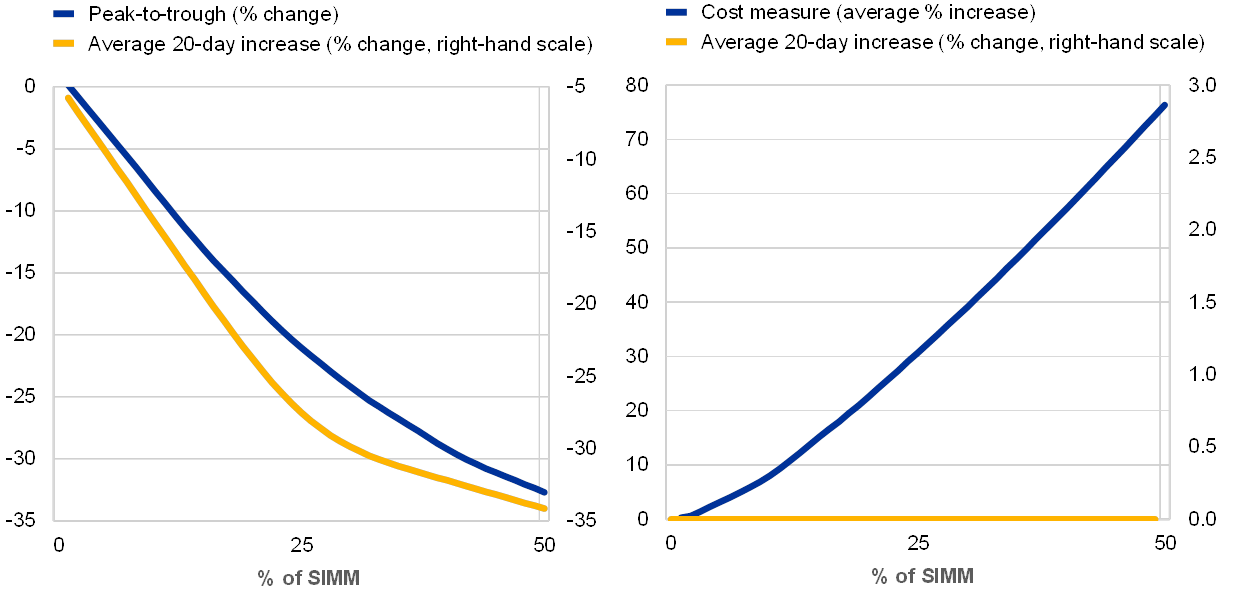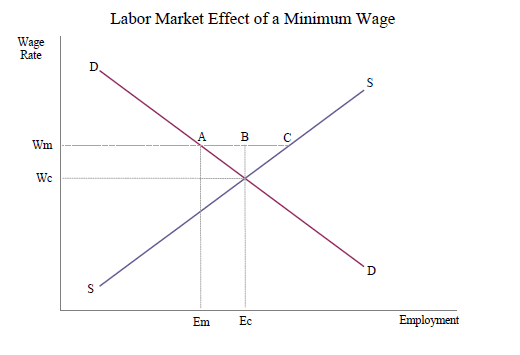A floor effect occurs when a measure possesses a distinct lower limit for potential responses and a large concentration of participants score at or near this limit the opposite of a ceiling effect.
Floor effect statistics.
Let s talk about floor and ceiling effects for a minute.
The ceiling and flooring effects were calculated by percentage frequency of lowest or highest possible score achieved by respondents.
This lower limit is known as the floor.
The inability of a test to measure or discriminate below a certain point usually because its items are too difficult.
Floor effect in research a floor effect aka basement effect is when measurements of the dependent variable the variable exposed to the independent variable and then measured result in very low scores on the measurement scale.
For example the distribution of scores on an ability test will be skewed by a floor effect if the test is much too difficult for many of the respondents and many of them obtain zero scores.
The ceiling and flooring effects of more than 15 were.
In layperson terms your questions are too hard for the group you are testing.
In statistics a floor effect also known as a basement effect arises when a data gathering instrument has a lower limit to the data values it can reliably specify.
A ceiling effect can occur with questionnaires standardized tests or other measurements used in research studies.
The term ceiling effect is a measurement limitation that occurs when the highest possible score or close to the highest score on a test or measurement instrument is reached thereby decreasing the likelihood that the testing instrument has accurately measured the intended domain.
Statistics definitions the floor effect is what happens when there is an artificial lower limit below which data levels can t be measured.
Psychology definition of floor effect.
A floor effect is when most of your subjects score near the bottom.
Usually this is because of inherent weaknesses in the measuring devices or the measurement scoring system.
There is very little variance because the floor of your test is too high.
Limited variability in the data gathered on one variable may reduce the power of statistics on correlations between that variable and another variable.
In statistics and measurement theory an artificial lower limit on the value that a variable can attain causing the distribution of scores to be skewed.










